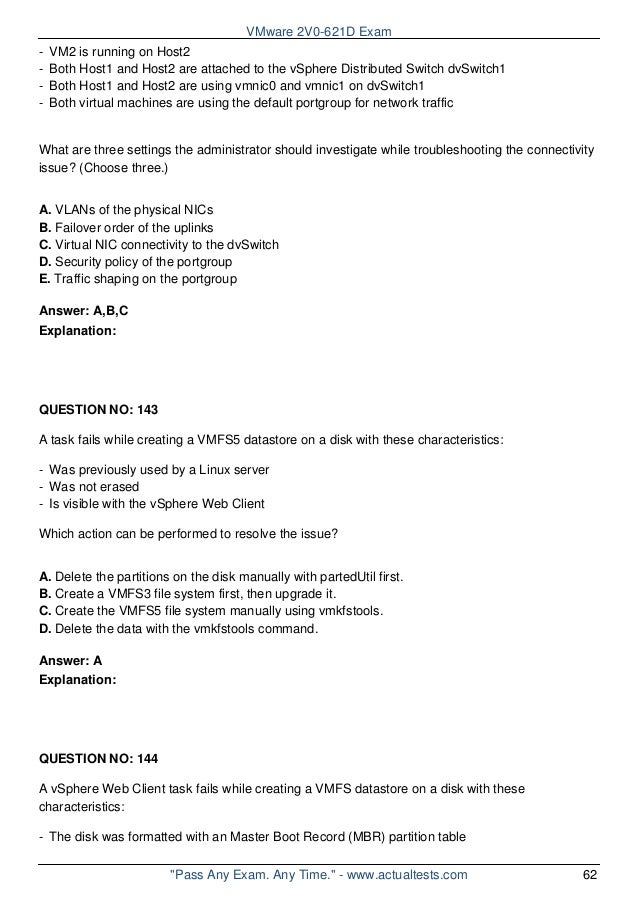

Use the vmkfstools command to get information about the geometry of a virtual disk. The attributes help you identify the storage device to which your RDM files maps. Use the vmkfstools command to list the attributes of a raw disk mapping.
#Vmkfstools Windows software
This type of mapping is useful when the virtual machine must send proprietary SCSI commands, for example, when SAN-aware software runs on the virtual machine. With the mapping, a virtual machine can bypass ESXi SCSI command filtering when accessing its virtual disk. Use the vmkfstools command to map a pass-through raw device to a file on a VMFS volume. Creating a Physical Compatibility Mode Raw Device Mapping.

The file length of the mapping is the same as the size of the raw LUN it points to. After this mapping is established, you can access the LUN as you would a normal VMFS virtual disk. Use the vmkfstools command to create a Raw Device Mapping (RDM) file on a VMFS volume and map a raw LUN to this file.

Use the vmkfstools command to inflate a thin virtual disk. Use the vmkfstools command to initialize a virtual disk. Use the vmkfstools command to create a virtual disk. When you create or clone a virtual disk, you can use the -d|-diskformat suboption to specify the format for the disk. You can also perform most of these tasks through the vSphere Client. Virtual disk options allow you to set up, migrate, and manage virtual disks stored on your datastores.


 0 kommentar(er)
0 kommentar(er)
